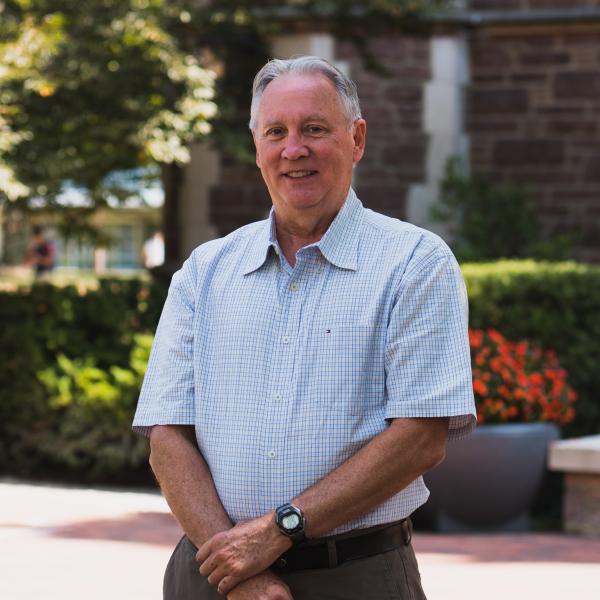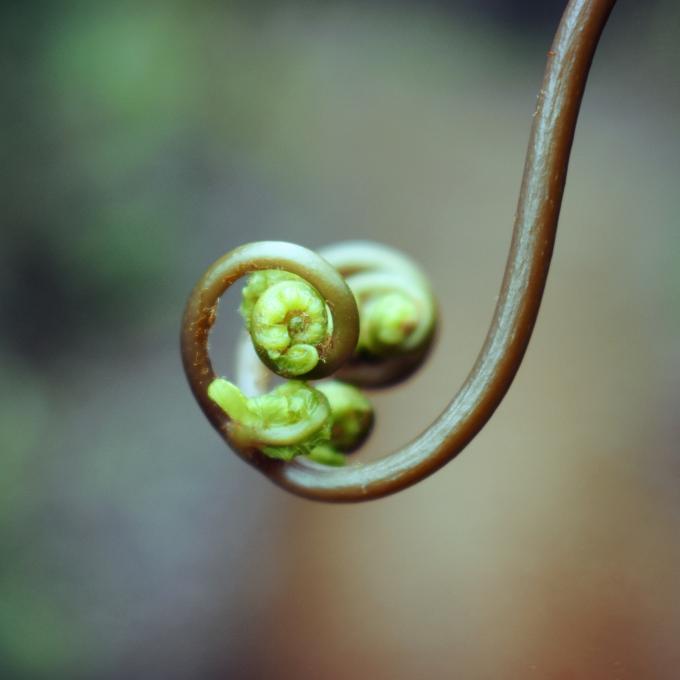Selected Publications
Molecular Basis Behind Inability of Mitochondrial Holocytochrome c Synthase to Mature Bacterial Cytochromes: Defining a Critical Role for Cytochrome c Alpha Helix-1. Babbitt SE, Hsu J, Kranz RG. J Biol Chem. 2016 Jul 6.
Heme Trafficking and Modifications during System I Cytochrome c Biogenesis: Insights from Heme Redox Potentials of Ccm Proteins. Sutherland MC, Rankin JA, Kranz RG. Biochemistry. 2016 Jun 7;55(22):3150-6.
Mitochondrial cytochrome c biogenesis: no longer an enigma. Babbitt SE, Sutherland MC, San Francisco B, Mendez DL, Kranz RG. Trends Biochem Sci. 2015 Aug;40(8):446-55. Review.
Mechanisms of mitochondrial holocytochrome c synthase and the key roles played by cysteines and histidine of the heme attachment site, Cys-XX-Cys-His. Babbitt SE, San Francisco B, Mendez DL, Lukat-Rodgers GS, Rodgers KR, Bretsnyder EC, Kranz RG. J Biol Chem. 2014 289(42):28795-807.
Conserved residues of the human mitochondrial holocytochrome c synthase, HCCS, mediate interactions with heme. Babbitt SE, San Francisco B, Bretsnyder EC, Kranz RG. Biochemistry. 2014 53(32):5261-71
Interaction of holoCcmE with CcmF in heme trafficking and cytochrome c biosynthesis. San Francisco B, Kranz RG. J Mol Biol. 2014. 426(3):570-85.
The CcmFH complex is the system I holocytochrome c synthetase: engineering cytochrome c maturation independent of CcmABCDE. San Francisco B, Sutherland MC, Kranz RG. Mol Microbiol. 2014. 91(5):996-1008.
Human mitochondrial holocytochrome c synthase’s heme binding, maturation determinants, and complex formation with cytochrome c. San Francisco, B, Bretsnyder, EC, Kranz, RG, Proc Natl Acad Sci U S A Plus 2013: 110(9): E788-97.
Thiol redox requirements and substrate specificities of recombinant cytochrome c assembly systems II and III. Richard-Fogal CL, San Francisco B, Frawley ER, Kranz RG. Biochim Biophys Acta. Bioenergetics 2012. 1817(6):911-9
Heme ligand identification and redox properties of the cytochrome c synthetase, CcmF. San Francisco B, Bretsnyder EC, Rodgers KR, Kranz RG. Biochemistry. 2011. 50(50):10974-85.
The CcmC:heme:CcmE complex in heme trafficking and cytochrome c biosynthesis. Richard-Fogal C, Kranz RG. 2010. J Mol Biol. 401(3):350-62.
A conserved haem redox and trafficking pathway for cofactor attachment. Richard-Fogal CL, Frawley ER, Bonner ER, Zhu H, San Francisco B, Kranz RG. EMBO J. 2009;28(16):2349-59.
CcsBA is a cytochrome c synthetase that also functions in heme transport. Frawley ER, Kranz RG. Proc Natl Acad Sci U S A.2009;106(25):10201-6.
Cytochrome c biogenesis: mechanisms for covalent modifications and trafficking of heme and for heme-iron redox control. Kranz RG, Richard-Fogal C, Taylor JS, Frawley ER. Microbiol Mol Biol Rev. 2009;73(3):510-28, [Invited Review].
ABC transporter-mediated release of a haem chaperone allows cytochrome c biogenesis. Feissner RE, Richard-Fogal CL, Frawley ER, Kranz RG. Mol Microbiol. 2006;61(1):219-31.
Recombinant cytochromes c biogenesis systems I and II and analysis of haem delivery pathways in Escherichia coli. Feissner RE, Richard-Fogal CL, Frawley ER, Loughman JA, Earley KW, Kranz RG. Mol Microbiol. 2006;60(3):563-77.

